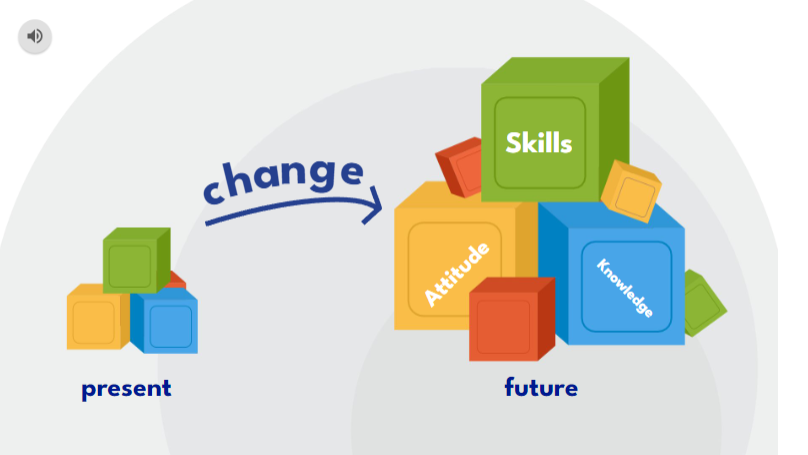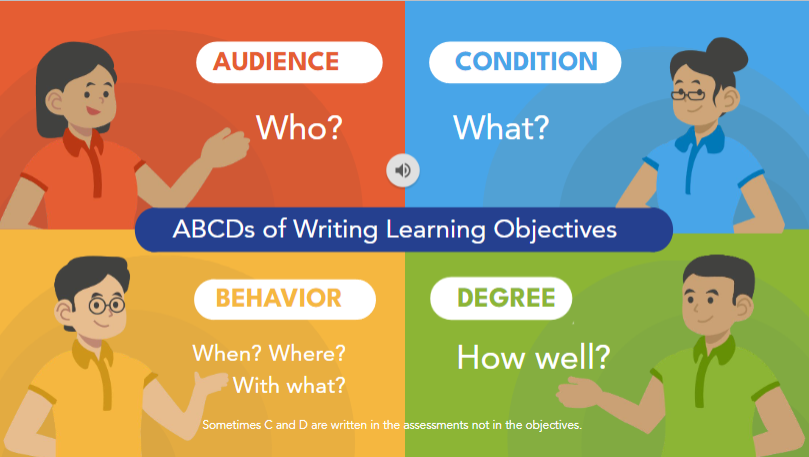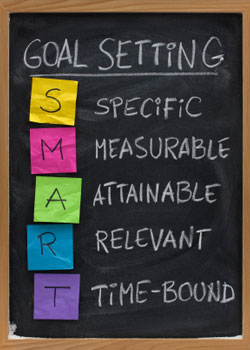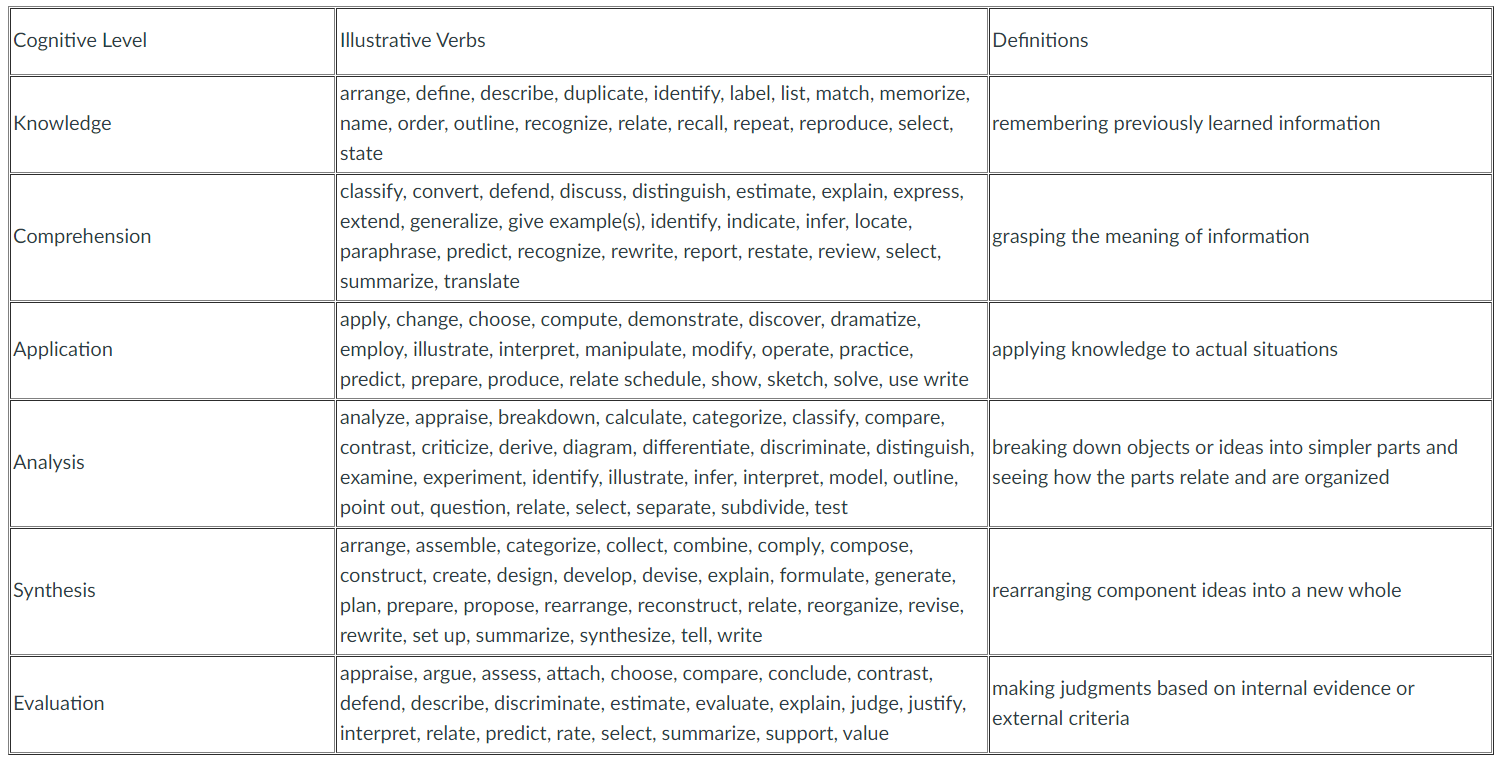2023-08-29
# Practice Teaching
#EDUC130_3 #education #learning
# Instructional Planning
# What makes a good objective?
We cannot overemphasize the importance of writing solid learning objectives or learning outcomes (LO’s) for any instructional plans. This directs the whole lesson. It will guide you in choosing the best assessment that can measure the learning and in turn, implement the learning activities that will prepare the students for the assessment.
LO’s are expected student behavior/s at the end of a lesson. They are stated in a clear and brief way so that the teachers know what the students learned that day. The outcomes have to intend for a behavior that is measurable.
# Example
Take a look at the sample objectives below. Which one do you think is clearer? Which one shows a behavior that could be measured?
At the end of the lesson, the student will be able to:
- know the alphabet correctly, in sequence.
- think of sentences with regular verbs.
- enumerate the odd numbers between 25 to 50.
- For objective #1, what is the behavior of someone who knows the alphabet in sequence?
- Maybe if we use the words “recite”, “write”, or even “sing”, this LO will be clearer.
- What about #2? What is the behavior of someone who thinks?
- In this instance, if the student looks upward, can we already assume that he is thinking of sentences with regular verbs? What other words can replace the word think so that the objective can be clearer?
- Example #3 is the clearest, most solid objective among the three examples. Enumerating is a behavior that can be measured.
- When you have this as an objective what ways can you assess this? What activities will you need to teach the child so he will be able to achieve this objective?
# The ABCDs of Writing Learning Objectives
- Learning is change

- Change can be seen in our…
- Decisions (THINK)
- Actions (DO)
- Perception (FEEL)
- Why write learning objectives?
- Specific/precise (observable/measurable)
- Worthy (what’s in it for the learner-end, not just activity)
- A learning objective contains four components: Audience, Behavior, Condition, and Degree. You can remember this by using the acronym ABCD.
- Audience
- Design questions:
- Who are your ==prospective learners==?
- ==Who will do the action== you intend them to be able to do after instruction?
- To think about:
- Who are they?
- What do they like?
- What do they know?
- What have they experienced?
- Writing tips:
- Be more descriptive and specific
- E.G. Grade 2 students v.s. Grade 2 students who find school challenging and are having a hard time catching up
- Scenario: English Remediation program -> Grade 2 students who are struggling to write
- Be more descriptive and specific
- Design questions:
- Behavior
- Design questions:
- What do you want them to ==be able to do== as a result of their learning? (Action)
- Writing tips:
- Describe observable actions that will show and demonstrate learning (What does it look like?)
- Identify
- List
- Compare & Contrast
- Justify
- Avoid vague words like: understand, be aware, appreciate, to become familiar with.
- Refer to Cards/Blooms Taxonomy
- Scenario: English Remediation Program -> Grade 2 students who are struggling to ==write a complete sentence==
- Describe observable actions that will show and demonstrate learning (What does it look like?)
- Design questions:
- Condition
- Design questions:
- What is the ==situation== where the action should be performed?
- What are the ==“givens”==? (context)
- Writing tips:
- Describe tools or information that are given to the learners when they demonstrate their learning
- Usually found in the beginning, phrased as “Given…..”
- Example: Given a board of wood (condition), carpenters will be able to assemble a table (behavior).
- Scenario: English Remediation Program -> ==Given a scenario==, Grade 2 students who are struggling with writing will be able to write a complete sentence
- Design questions:
- Degree
- Design question:
- ==How well== should the learners perform the action?
- Writing tips:
- You can think of:
- Accuracy
- Time Limit
- Standards
- Consequence
- Scenario: English Remediation Program -> Given a scenario, Grade 2 students who are struggling with writing will be able to write a complete sentence ==within 10 minutes==
- You can think of:
- Design question:
- Audience

# Cards/SMART Objectives
One way of evaluating if learning objectives are written well is SMART.
- Specific - The learning objective should be well defined and clear. It states exactly what will be accomplished.
- Measurable - The learning objective should provide a benchmark or target so that the institution can determine when the target has been reached, by how much it has been exceeded or by how much it has fallen short.
- Attainable - Can the objective be accomplished in the proposed time frame with the available resources and support? Do the students have the prior learning necessary to accomplish the objective?
- Relevant - Does the objective address the overall program goal(s)? Will the objective have an impact on the goal(s)?
- Time-Bound - A learning objective should include a specific date (or point in the course) by which it will be completed. It is important to allow enough time to successfully implement the steps needed to achieve the objective, but not so much as to elicit procrastination.

To understand this approach in writing objectives better, you may want to consult this document from Stanford University.
# Learning Objective Verbs for Blooms Taxonomy
Learning Objective Verbs at Each Bloom Taxonomy Level

# Tips on Writing Objectives
In our session, you will be asked to write learning objectives for your lessons. Here are some tips to prepare you:
- Try to write instructional objectives for every topic in every course you teach. Consider taking a gradual approach: formulating good objectives for a course may take some time.
- Include some objectives at the three highest levels of Bloom’s Taxonomy. Analysis, synthesis, and evaluation questions can and should be included in every course, but they rarely show up in undergraduate courses. They are not that hard to write, but if you don’t consciously set out to write some, you probably won’t.
- Avoid beginning an instructional objective with any of these four words: know, learn, appreciate, and understand. These may be the ultimate goals of instruction but they are not valid instructional objectives, since ==you cannot directly observe whether they have been achieved.== Think of what you will ask the students to do to demonstrate their knowledge or understanding, and make those activities the instructional objectives for that topic.
Formulating detailed instructional objectives for a course or even for a single topic in a course is not nearly as easy as simply listing the course topics in a syllabus. The effort is worthwhile, though.